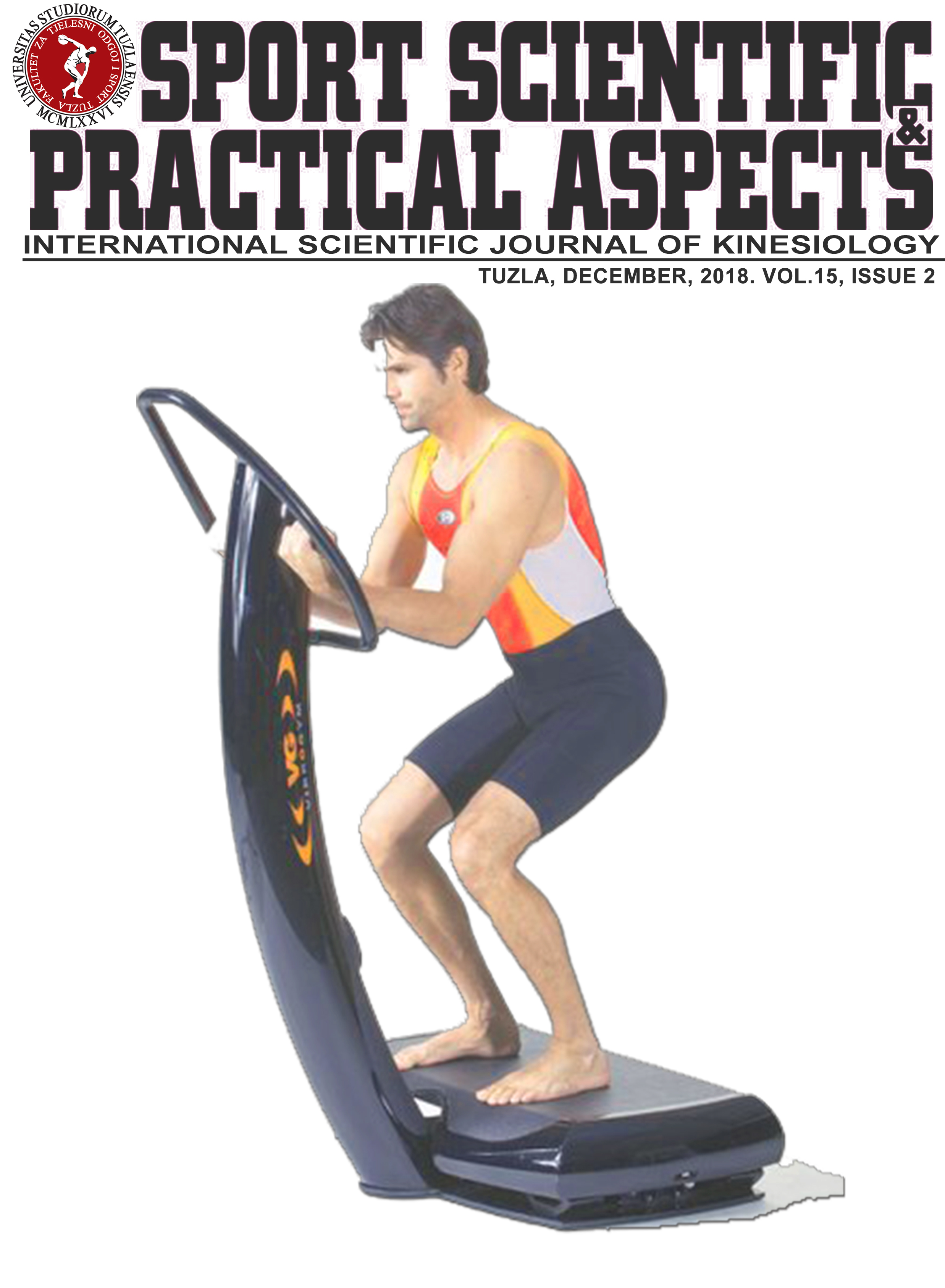MORPHOLOGICAL-ANTROPHOMETRIC STRUCTURE AS A (LONGTERM) PREDICTOR OF PLAYERS' ACHIEVMENTS IN TEAM SPORTS – EXAMPLE BASKETBALL
Keywords:
team sports, juniors, seniors, morphological anthropometry, sports achievementAbstract
The aim of this paper was to present an original methodological approach in the analysis of the impact of the morphological-anthropometric status on the players' final career achievement. For the purposes of this paper, a sample of top junior basketball players with their morphological-anthropometric status data was analyzed when they were 18. This data then served as a predictor of their successful game play over the next 17 years of their careers. The sample of the respondents consisted of 133 basketball players, of which 53 players were at the shooting guard position, 29 at the small forward (wing) position, and 51 at the center, with an average age of 17.8 years. The predictor set consisted of 13 morphological-anthropometric variables. The criterion variable was represented by the career achievements of these players grouped into three qualitative categories. The results justified the use of this methodological approach, which established that a part of the anthropological status determines player's success during their careers. Such research must be conducted within other team sports, taking into account the importance of certain parts of anthropological status and the specificities of each particular sport. Of course, a position-specific approach is recommended, given the roles and tasks of the players in the game between different team sports.
Downloads
Downloads
Published
How to Cite
Issue
Section
License

This work is licensed under a Creative Commons Attribution-NonCommercial-NoDerivatives 4.0 International License.






